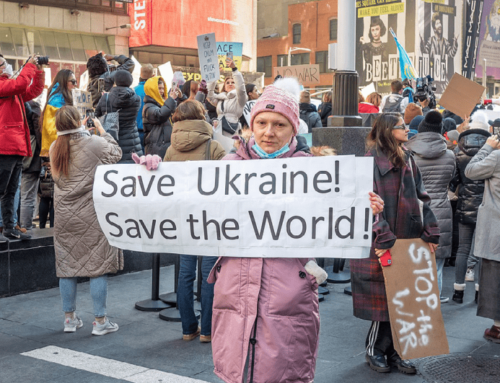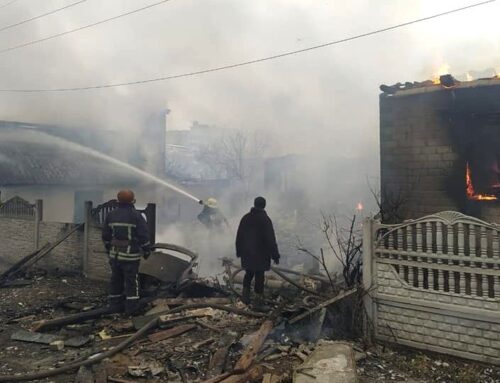Film Review by Ralph Seliger
The following is my preferred version of what was published recently in the New Jersey Jewish News :
Before seeing the new Milos Forman film, “Goya’s Ghosts,” the only Jewish angle I could think of was the star turn by Natalie Portman — everybody’s favorite Israeli-born actress. Ms. Portman was chosen by Forman largely because he noticed a close facial resemblance to the subject of an actual Goya painting, A Milkmaid in Bordeaux. It also surely figured in his casting decision that Ms. Portman has won acclaim for a remarkable body of work for one so young (26), including as a Golden Globe winner and a nominee for an Academy Award.
I discovered that what is tragically Jewish is the central plot line: the arrest, torture and imprisonment of Portman’s main character, Ines, by the Spanish Inquisition in 1792— before Napoleon abolished it (an episode also depicted in the film) 15 years later. In a less consequential and less believable role, Portman portrays Ines’s teenage daughter at that later time.
Ines’s crime? She is accused of being a “Judaizer” when Inquisition spies see that she refuses to eat pork at a tavern. Ines is seen recoiling from offerings of piglet, served to her rowdy table in an unappetizing way — grilled whole and hacked open, with the head still attached.
Beforehand, the spies are lectured by Brother Lorenzo (Spaniard Javier Bardem acquits himself with icy effectiveness in this complex role), charging them to search for Judaizers and Protestants. A test for the former among males is a circumcised penis. (Where have we heard that before?) This fictional tale reminds us that this sort of paranoid scrutiny was commonplace in the Church-dominated police state that Spain was in the 18th century.
Yet Ines is not a practitioner of secret Jewish rites as accused. She is unaware that her father (a wealthy merchant who is very generous in his contributions to the Church) had a Jewish ancestor nearly 200 years before, a Catholic convert who had immigrated from the Netherlands. Ines responded earnestly but quizzically to her Inquisitor that she simply doesn’t like the taste of pork. What follows is a shockingly abrupt transition into the peculiar brutality and demented thinking that characterized the so-called Holy Office.
Brother Lorenzo is shown early on as both a politically-astute sophisticate and a career-driven fanatic. He explains to his brother Inquisitors why the same Francisco Goya who paints scenes of poverty and unflattering caricatures of Church authorities, which make him suspect in their eyes, is also painting his own portrait: Goya is regarded as Spain’s greatest living artist and as such is patronized by the royal family.
Prior to her arrest, Ines sits as a studio model for Goya; their respective relationships with Goya bind Brother Lorenzo’s fate with that of Ines. It also occasions a life-altering lesson for Lorenzo as a dinner guest of Ines’s father, on how torturing the accused – putting them to “the question” as the euphemism goes – is utterly useless when it comes to the quest for truth.
The absurdities, bestial cruelties and injustices presided over by the Inquisition are then matched, even exceeded in the volume of bloodshed, by the butchery and zealotry of the French and their Spanish collaborators in overthrowing the Old Regime. Although theoretically liberated in the name of the noble ideal of human rights proclaimed by the French Revolution, the Spanish people rise up against the foreign invader and defeat them to restore a vestige of the old order, with the decisive assistance of Wellington’s British army.
“Goya’s Ghosts” rivets the viewer in its first half with its narrative power and its vivid visual quality. Unfortunately, it descends to melodrama as Ines is released from prison and innocently (to the point of laughable pathos) pursues her unlikely relationship and totally naive agenda with the ever-sinister Lorenzo. But taken as a whole, it offers a rich cinematic experience.
Goya’s art lends a sensual lushness to the film. Goya is played as a decent but surprisingly bland observer by the Swede Stellan Skarsgard. His works graphically depict the injustice and grinding poverty of the Old Regime; his paintings and etchings even more famously illustrate the barbarities of war.






Leave A Comment